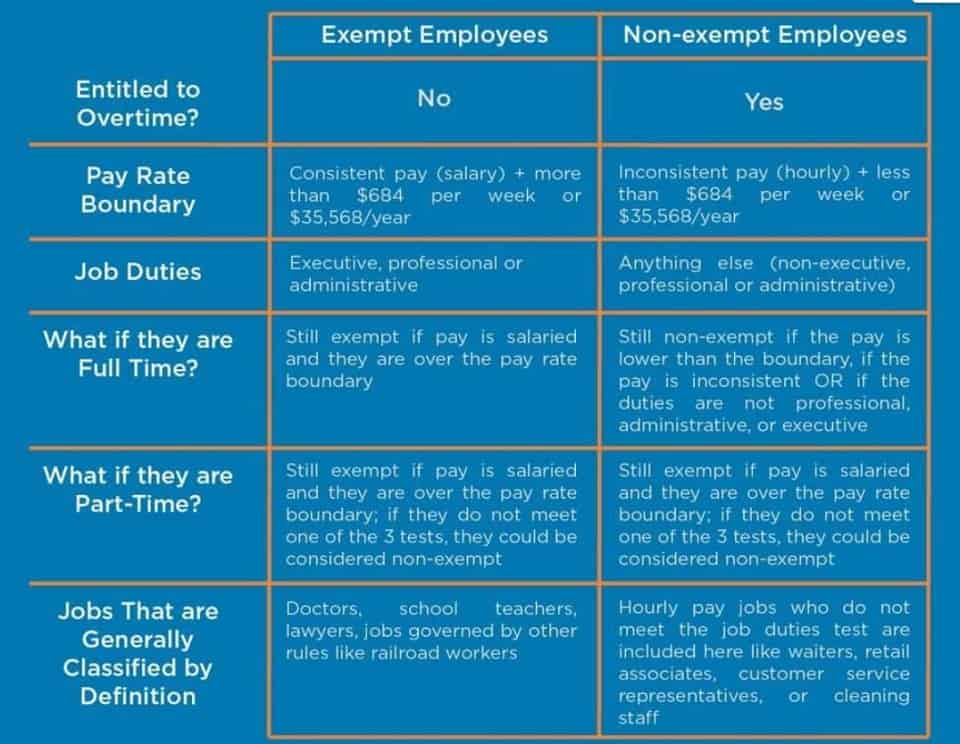
Solid contracts are essential for ensuring that everyone is on the same page when it comes to payment terms and that you have legal recourse in case of non-payment. Cash flow sensitivity analysis in construction is a useful tool for evaluating the potential scenarios that could affect the income and costs of a construction project. Conducting this type of analysis helps to identify any risks and opportunities of the project. This post covers the certified payroll requirements for contractors working on federal construction projects. It’s critical that companies in the industry address the practices that drain fixed assets their cash, and build good cash flow management practices to prevent future problems.
Integrate project management and accounting software.

When you take the total cash flow, positive or negative, from the three sections and add them together, you come up with the projected net cash flow for the period. Download this sample cash flow projection in Excel to see how it works Accounting for Churches in practice, and input your own numbers. As the finance team of a construction company, your main responsibility is managing its financial… Cash flow refers to the amount of money moving in and out of your business over time. It differs from profit, which is the amount of money your business makes after accounting for its expenses. ASA Chicago is an independent, nonprofit trade association representing the subcontracting industry and its affiliates.
- This involves forecasting the anticipated cash inflow from various sources, including clients, investors, or lenders.
- A miscalculation in cash flow management can quickly impact project timelines, profitability, and even a company’s reputation.
- Issues might include having too many bills due simultaneously or needing clients to pay sooner.
- However, by understanding the components of cash flow management and using the right accounting and financial tools, you can more easily manage it and ensure the financial health of your construction company.
- Meeting these requirements not only demonstrates accountability but also maintains transparency in financial operations, fostering trust among stakeholders.
Understanding Different Contractor Types: A Comprehensive Guide for the Construction Industry
During a period when a company is consistently losing money due to labor costs, materials costs, and inflation, few things scare owners more than raising prices. Yet, price increases are the only thing that will return them to profitability in such an environment. How the payment schedule will develop should be previously discussed and agreed upon with all stakeholders involved in the project. When and how much is to be paid should be agreed upon at each stage of the project.
- A cash flow statement is an analysis of all the cash that came in and went out for a given period (usually one month).
- Experts recommend a number of best practices for performing effective project cash flow analyses, including making sure that you identify project-specific expenses and revenue.
- Even though cash flow is critical in this industry, construction companies face more cash flow challenges than almost any other trade.
- An effective invoicing system enables quick identification of discrepancies between the amounts billed to the owner and the costs incurred on the project.
- Successful cash flow in construction involves understanding, forecasting, and proactively addressing these factors to maintain a healthy financial position and ensure project success.
- For example, if your company’s cash inflows totaled $500,000 and your total cash outflow was $300,000, your net cash flow equals $200,000.
Understand the true cost of capital
- If you wait until the end of the job to bill, you won’t have the cash to cover the extra costs as they occur.
- For instance, projects often require substantial upfront investments and payments to cover the initial overhead.
- Ensuring regulatory compliance is a foundational aspect of construction project management.
- This strategic foresight not only stabilizes cash flow but also ensures the continuity and financial health of construction projects, even under unpredictable circumstances.
- Subsequent upper management meetings revealed that customers didn’t even blink at the prices in a market plagued with supply chain constraints and employee shortages.
- Managing potential financial impacts resulting from disputes or claims is vital to maintaining cash flow stability and project momentum.
You can also consider utilizing credit lines or loans to help bridge gaps in your cash flow and secure your company’s liquidity. Positive cash flow means that a business has more money coming in than going on, while negative cash flow signals that a business is spending more than it’s earning. Cash flow construction cash flow is a measurement of the cash coming into and leaving a business during a given period of time.
- Categorizing and forecasting expenses is equally essential for effective financial planning in construction projects.
- Identify any potential times of risk and work to adjust those expenses until you can comfortably cover the costs.
- Cash flow refers to the money flowing in and out of a business during a certain amount of time.
- Scenario planning is a strategic approach to prepare for various outcomes that may impact cash flow.
- Green construction often requires a substantial initial investment but can lead to substantial long-term savings, positive cash flow, and improved project value.
Estimate the projected income and expenses based on the hypothetical variables

Addressing these challenges requires proactive strategies and effective solutions to maintain financial stability and project progress. The outflows gradually decrease as fewer materials are required and less labor is involved. This phase may also include final client payments upon project completion and settling of accounts with subcontractors and suppliers.


